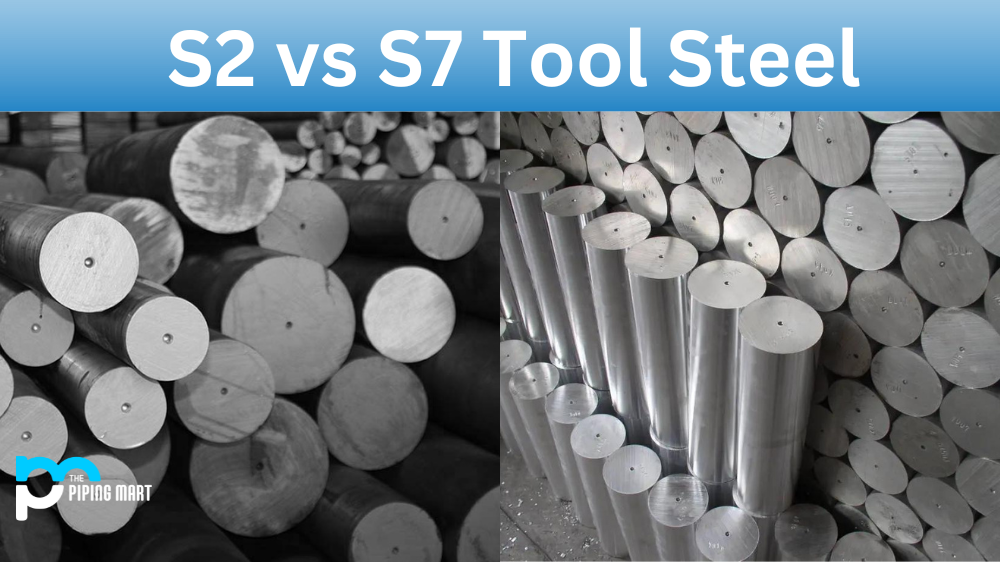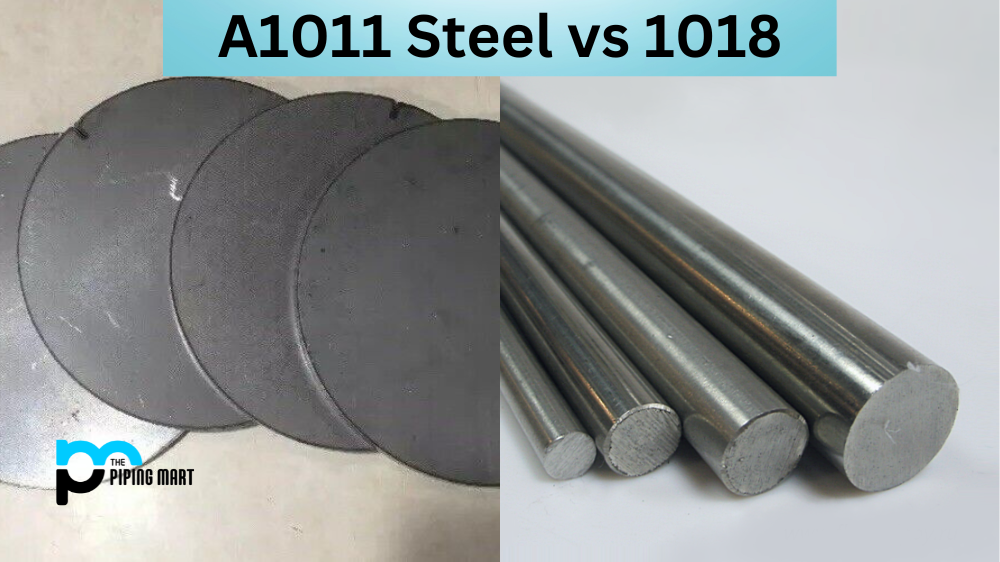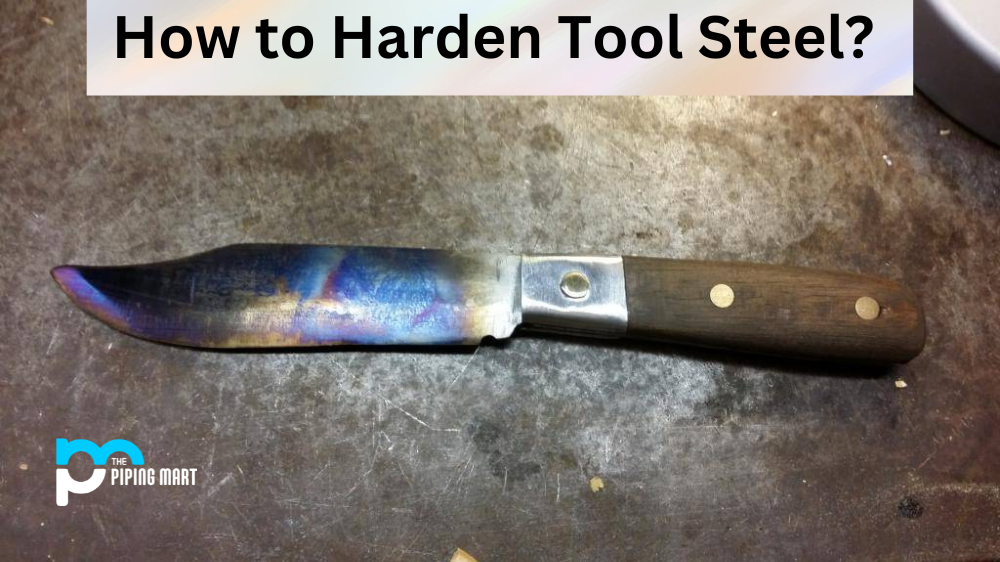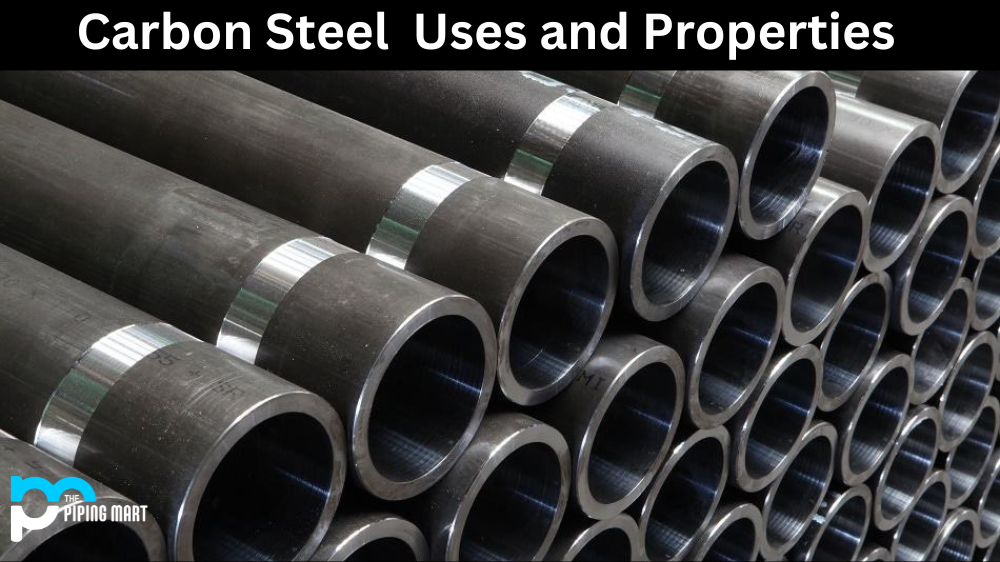Many types of tool steel are available, and there is often a debate as to which type is best for certain projects. Two of the most popular types of tool steel are s2 and s7. This blog post will explore the differences between these two types of steel and what makes them ideal for certain applications.
S2 Steel
S2 is a high-carbon, air-hardening steel that offers excellent wear resistance and strength. It is often used in punches, chisels, dies, drills bits, cold forming tools, shear blades, taps and reamers. The composition of this type of steel includes 0.9%-1.1% carbon and other elements such as chromium, molybdenum and vanadium which help improve its wear resistance and strength. This type of steel can be hardened up to 64 HRC (Rockwell scale), which makes it ideal for use in applications where toughness is important.
S7 Steel
S7 is another type of air-hardening tool steel that offers excellent shock resistance as well as good edge retention and wear resistance properties. It has a higher chromium content than s2, which helps to increase its wear resistance even further. The composition also includes 0.8%-1% carbon, so it can be hardened up to 64 HRC on the Rockwell scale, making it an ideal choice for applications where shock resistance is important. This tool steel is often used in cold work chisels, punches and dies due to its shock resistance capabilities.
Difference Between S2 and S7 Tool Steel
S2 vs S7 Tool Steel: Composition
S2 tool steel contains 1.4-1.6% carbon, 0.60-0.80% manganese, 0.30-0.50% silicon, and 0.70-0.90% chromium. Additionally, it may contain trace amounts of vanadium, molybdenum, and cobalt. S7 tool steel contains 0.45-0.55% carbon, 1.0-1.2% manganese, 0.35-0.45% silicon, 3.0-3.5% chromium, and 0.70-0.80% molybdenum.
S2 vs S7 Tool Steel: Properties
S2 tool steel is known for being strong and durable with excellent shock resistance. It also has good wear resistance and is often used for punches, dies, and other tools subject to high-impact loads. S7 tool steel is known for its high toughness, shock resistance, and ability to withstand high temperatures.
S2 vs S7 Tool Steel: Applications
S2 tool steel is typically used for punches, chisel dies, and other tools subject to high-impact loads. It is also often used for cold heading applications such as screws and nails.
S7 tool steel is often used for hot working applications such as forging and die casting as it can withstand high temperatures without losing its strength.
Conclusion:
When choosing between s2 and s7 tool steel for your project needs, it’s important to consider what properties you need from the material, such as hardness or wear resistance capabilities, before deciding which one would be best suited for your application requirements. Both s2 and s7 offer excellent characteristics, but depending on what you need, one material may be more suitable than the other when considering all factors involved in the decision-making process. Ultimately both tool steels offer great benefits, so do your research before making your decision!

A passionate metal industry expert and blogger. With over 5 years of experience in the field, Palak brings a wealth of knowledge and insight to her writing. Whether discussing the latest trends in the metal industry or sharing tips, she is dedicated to helping others succeed in the metal industry.




